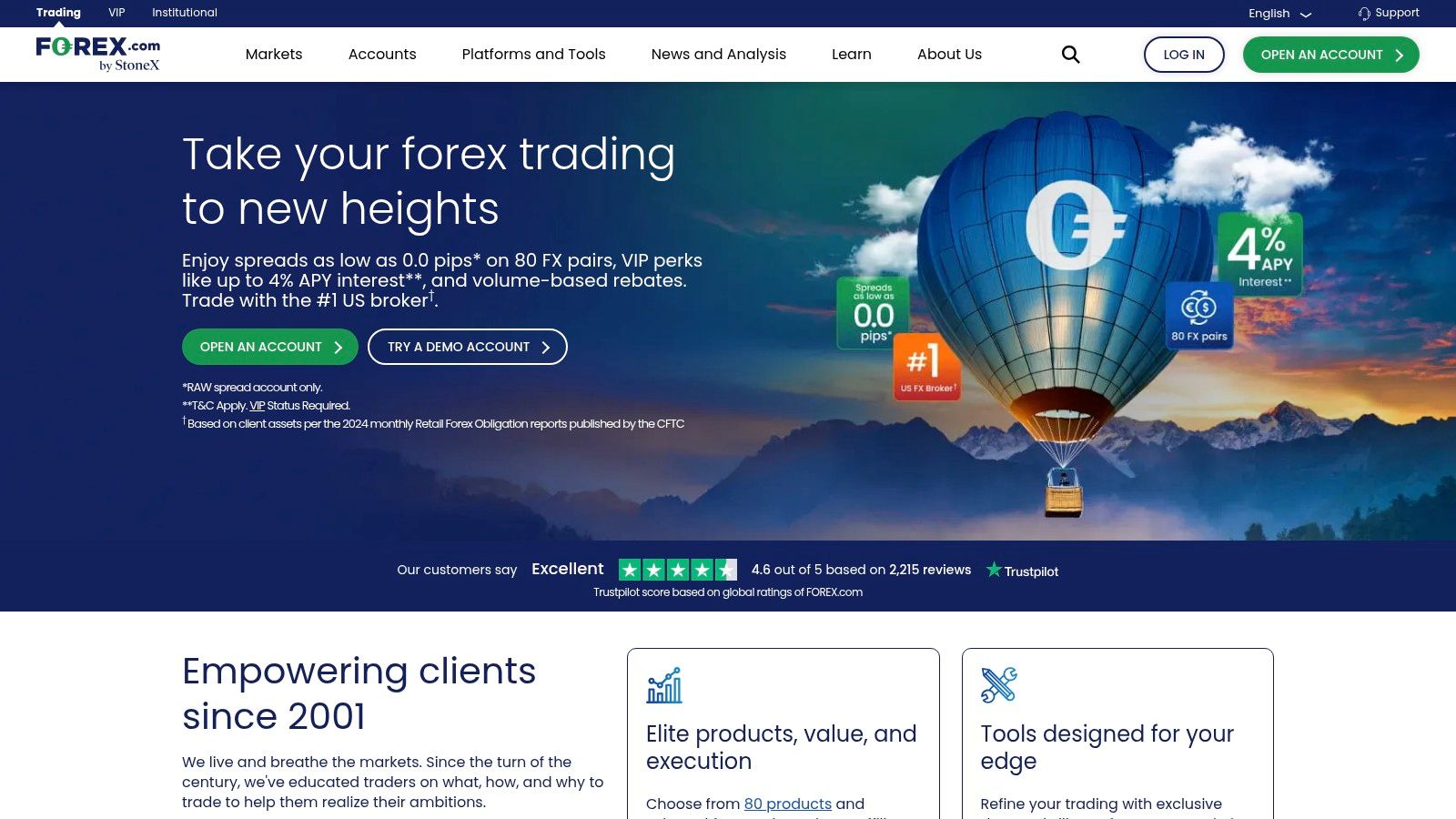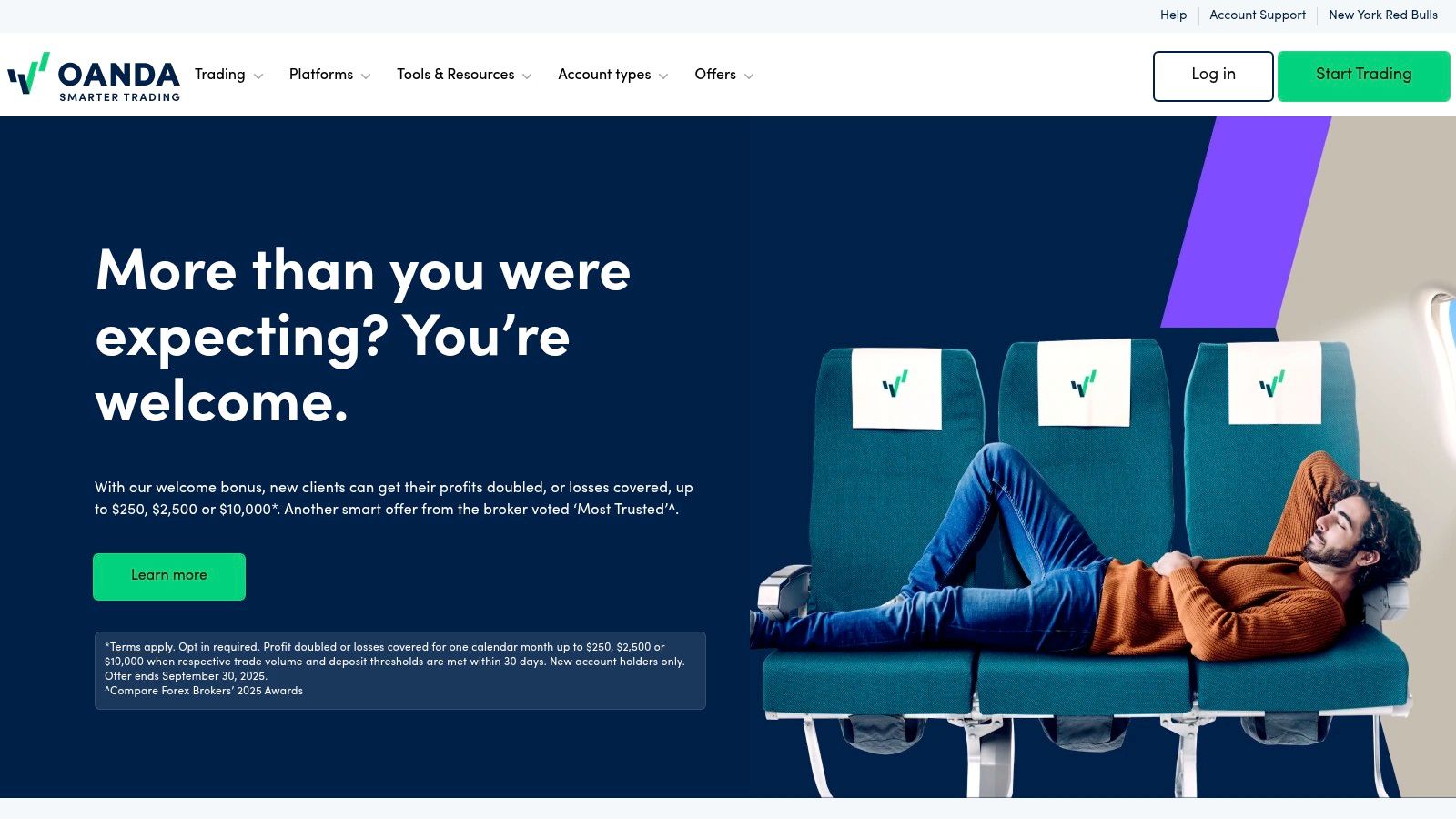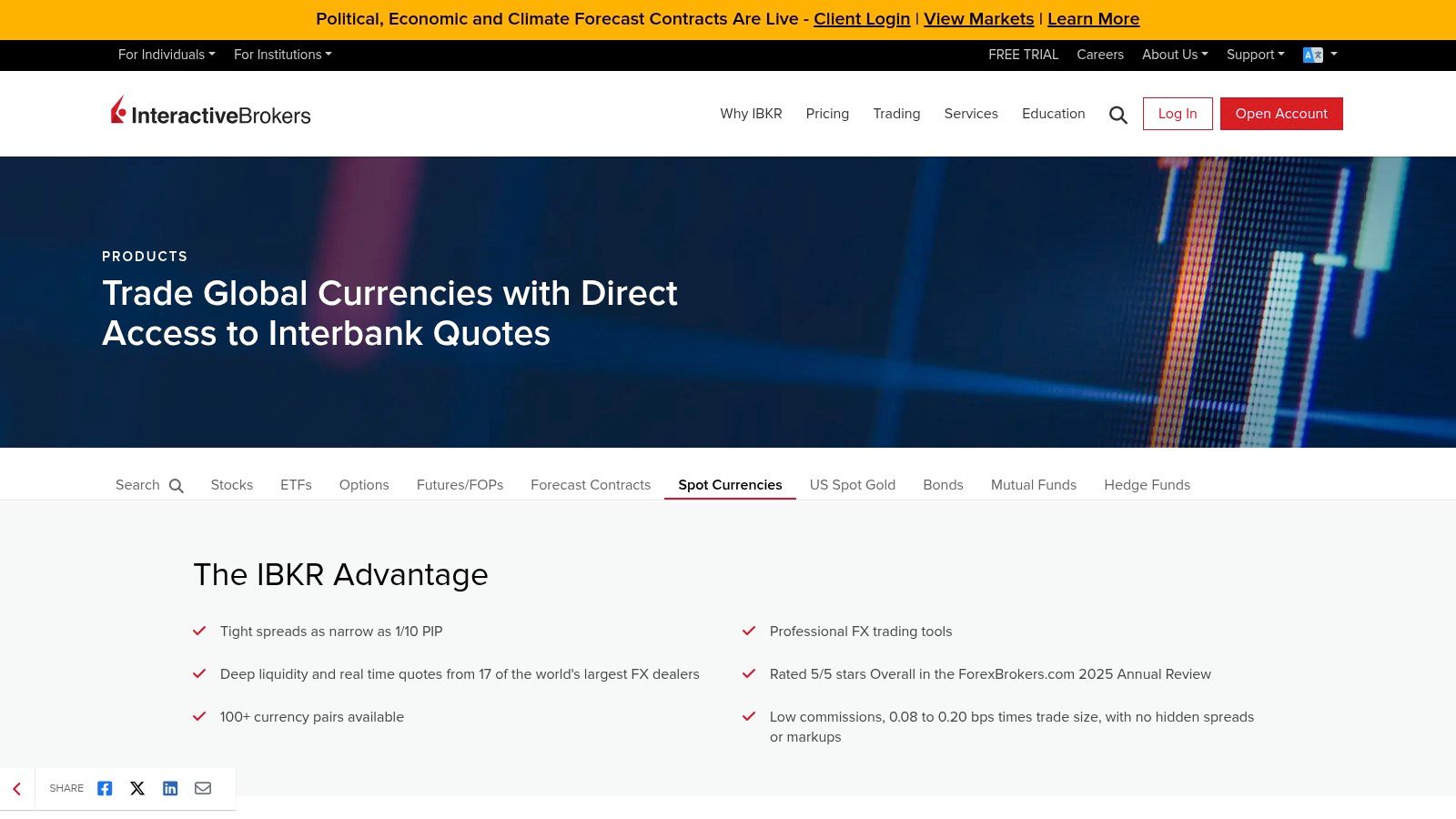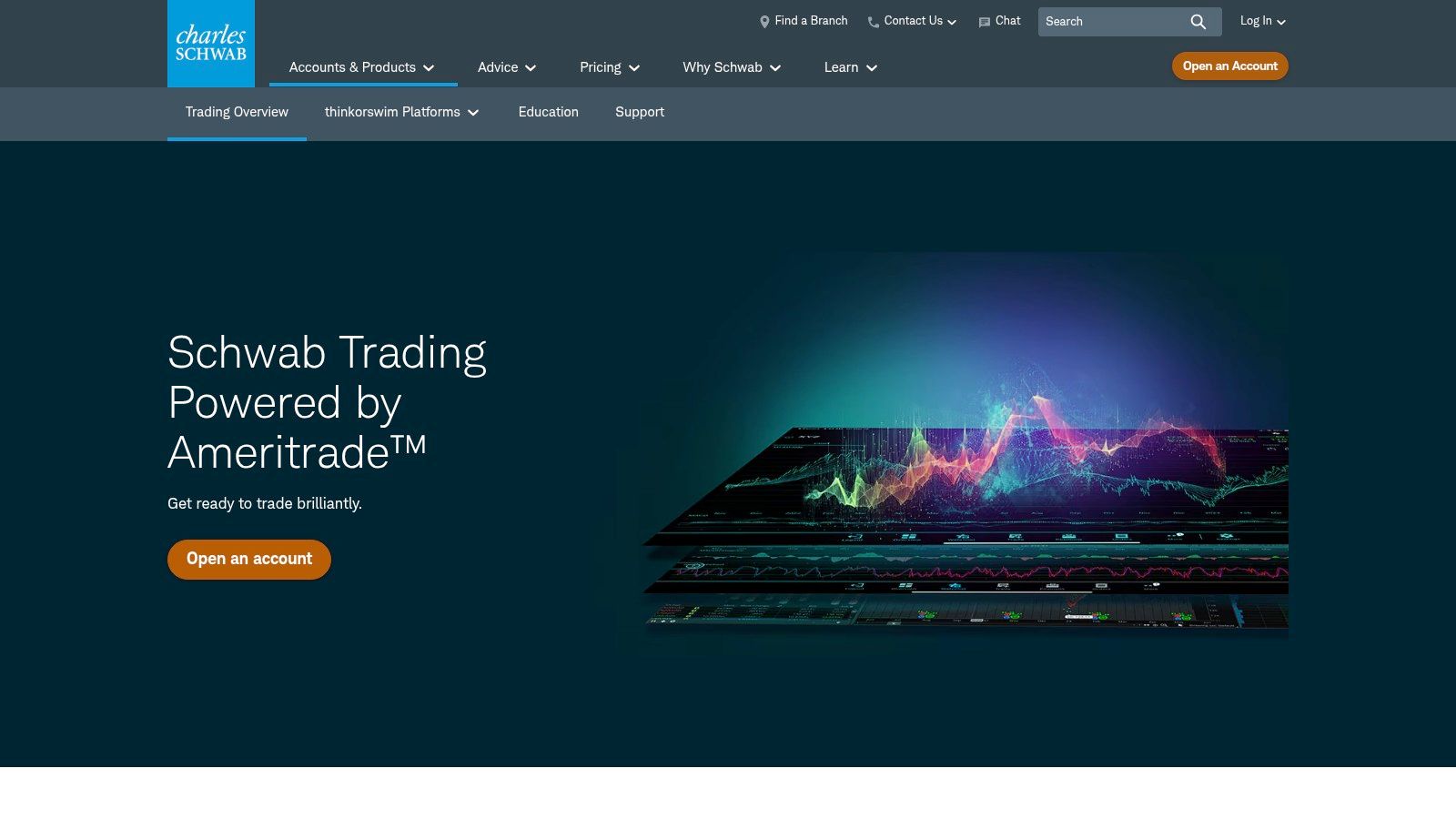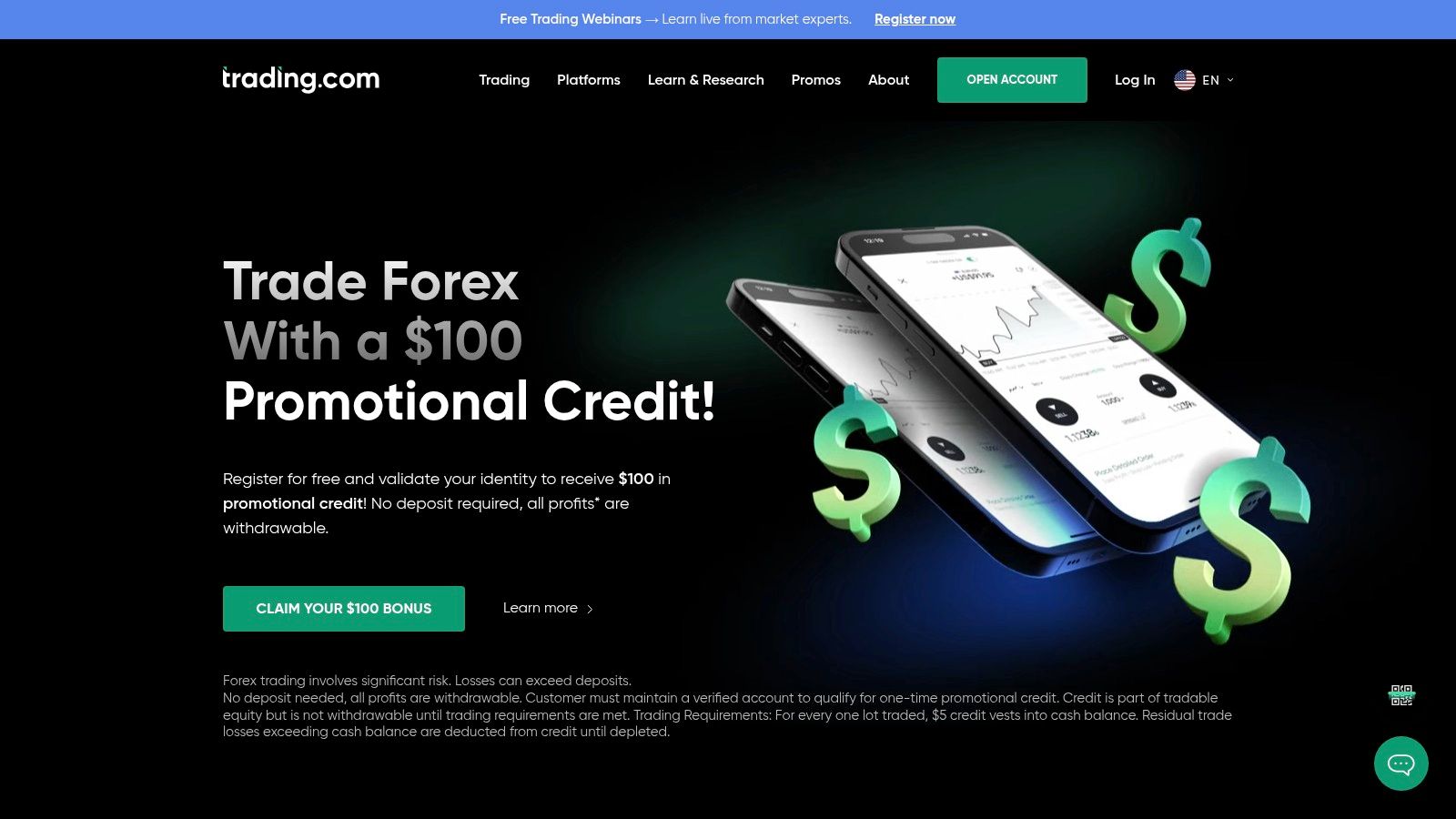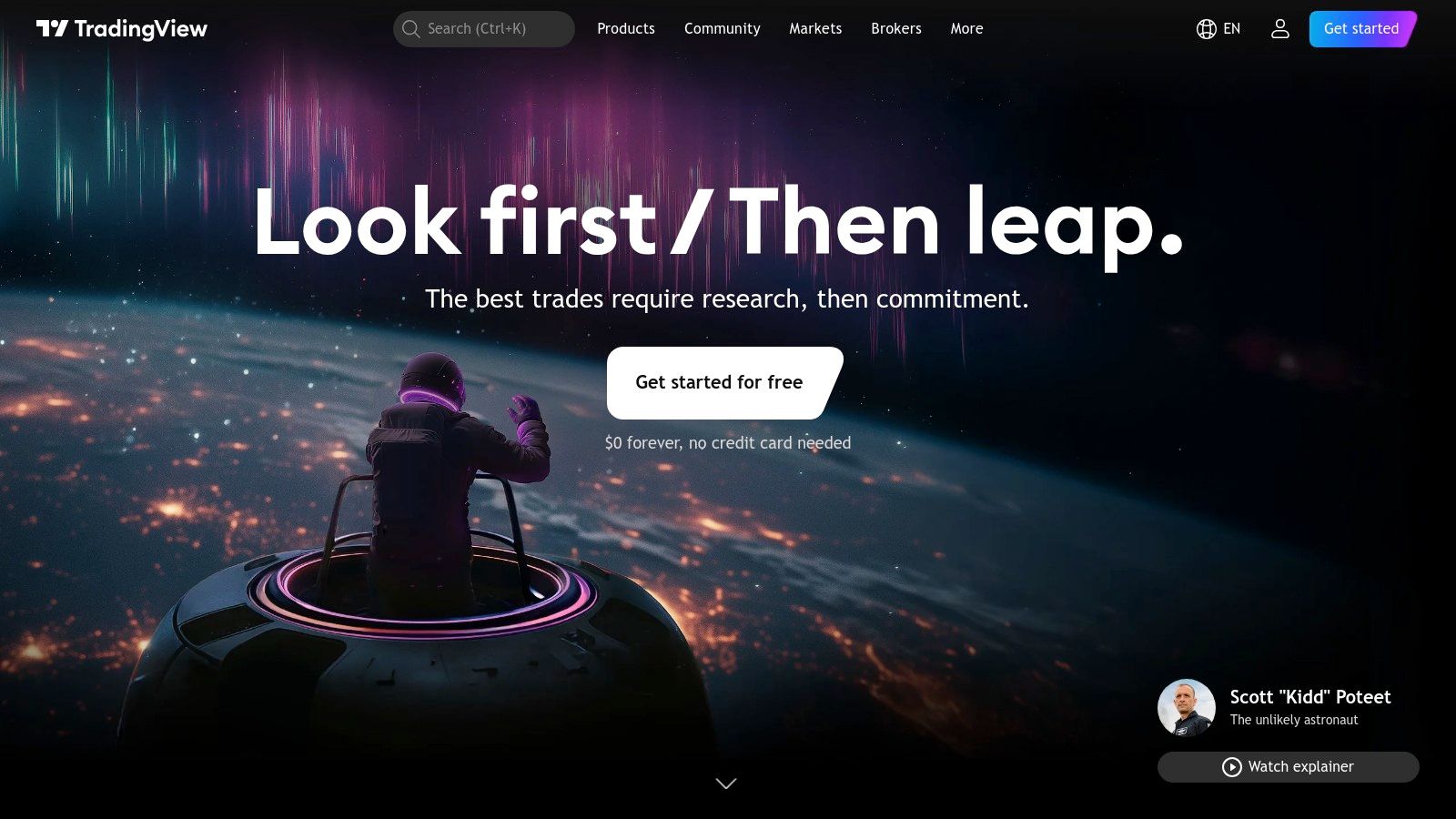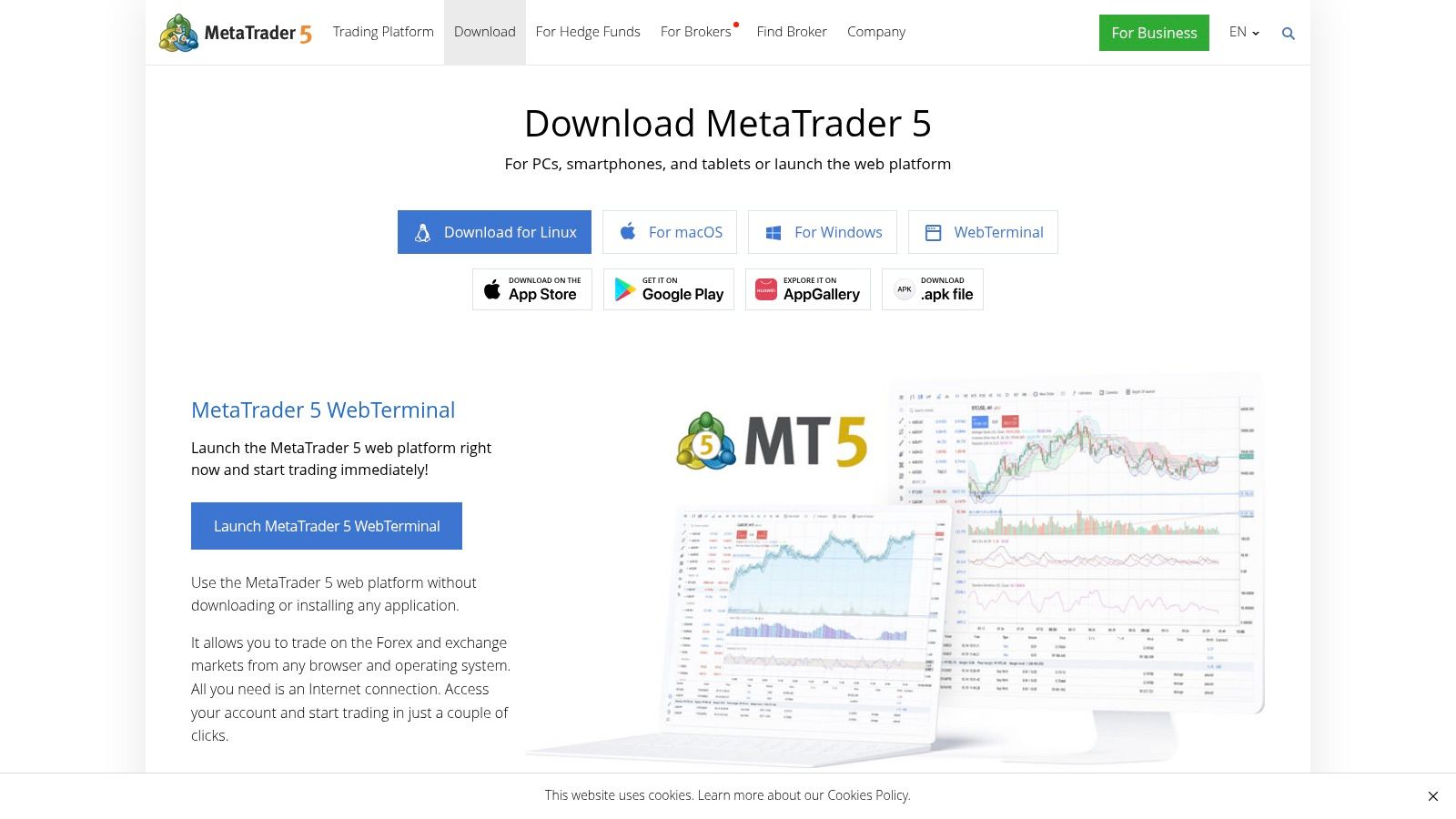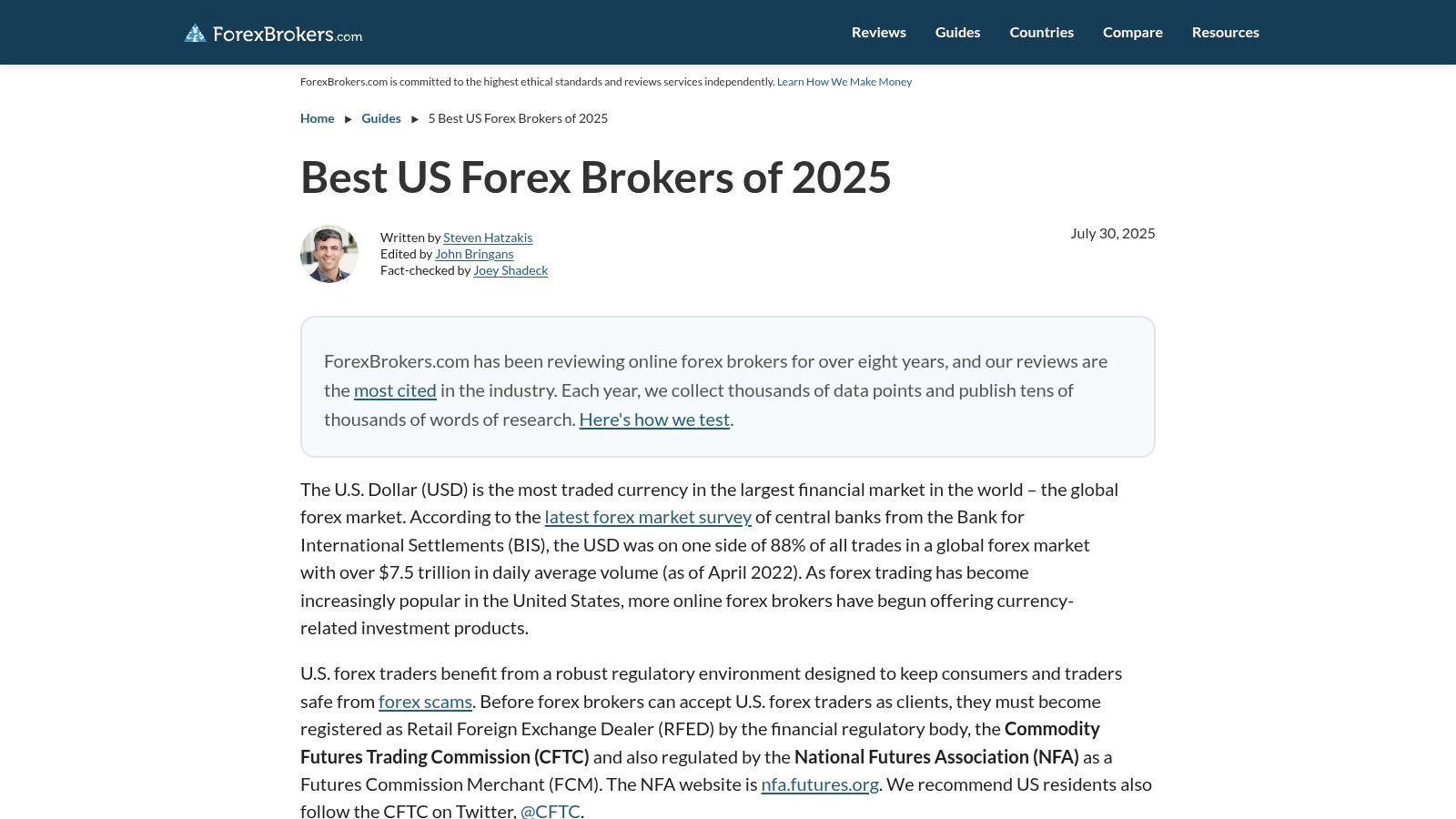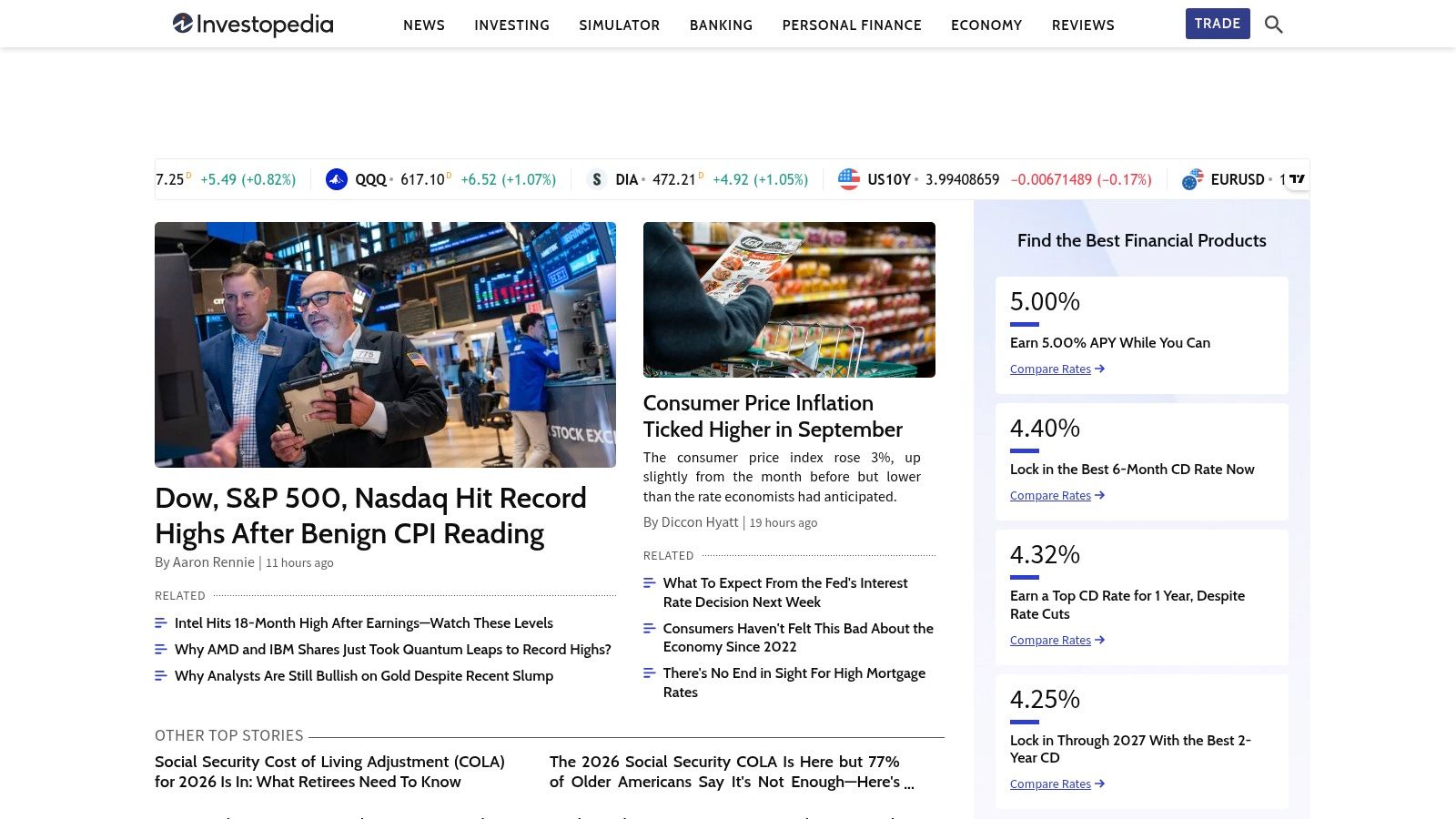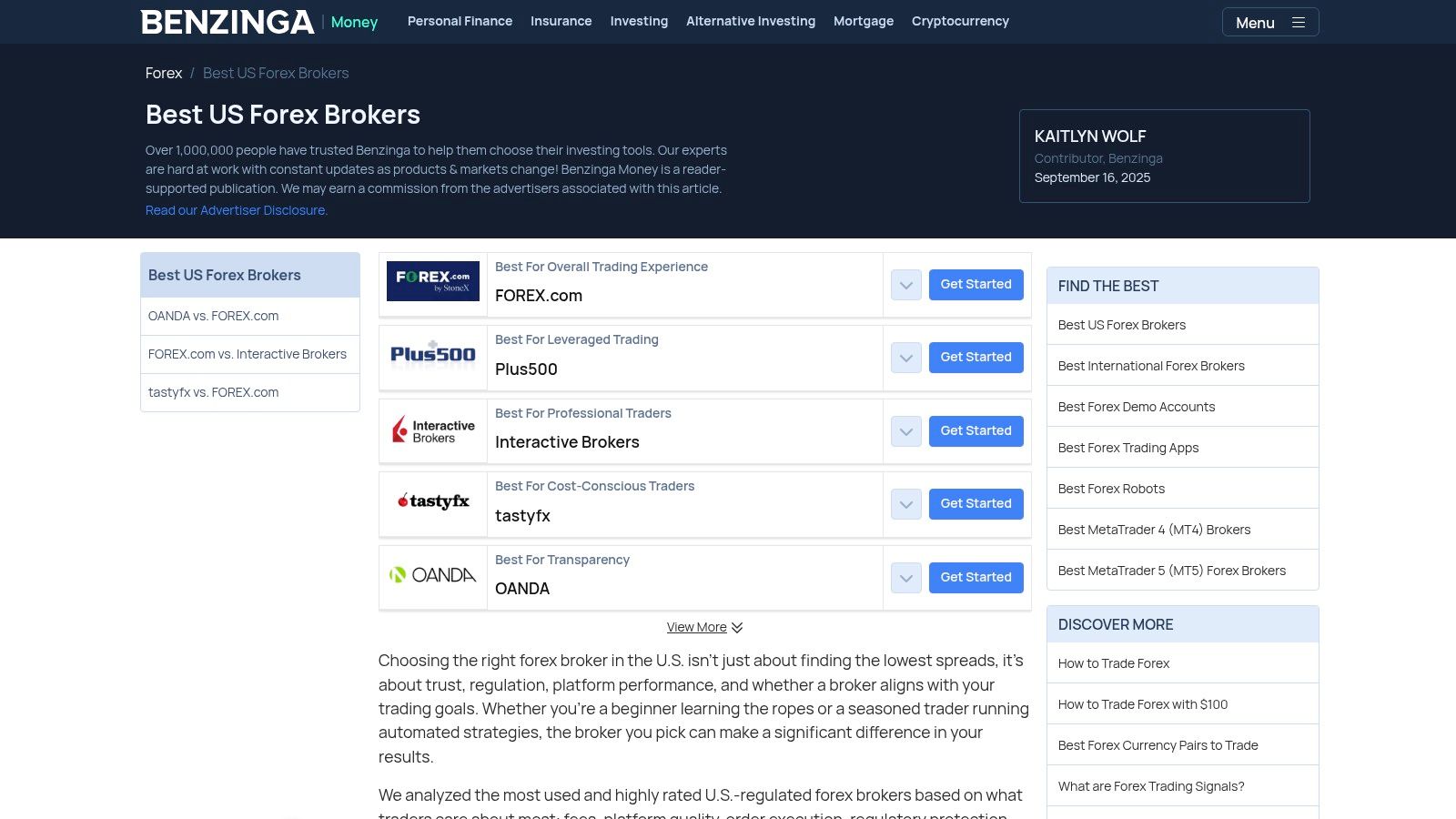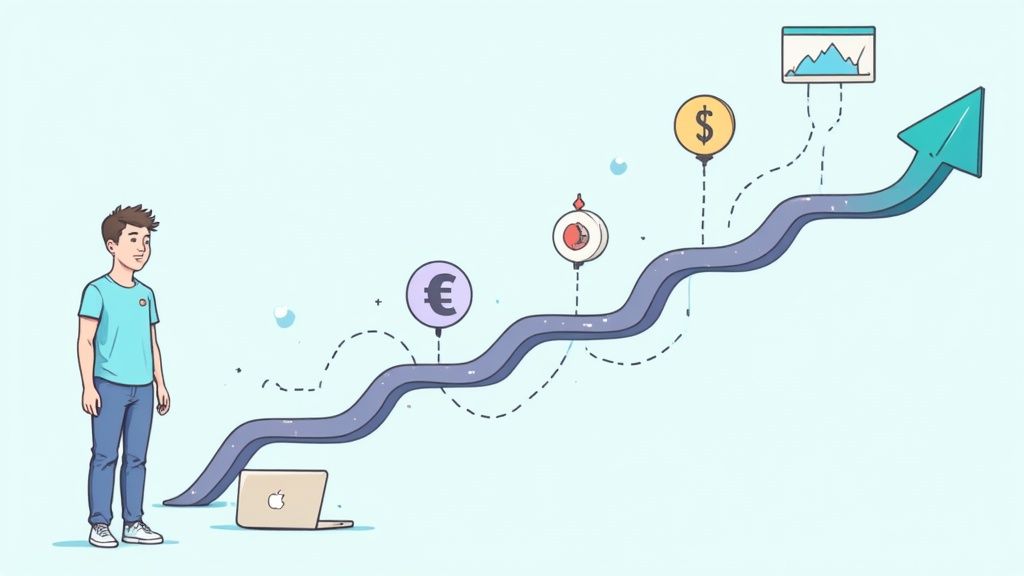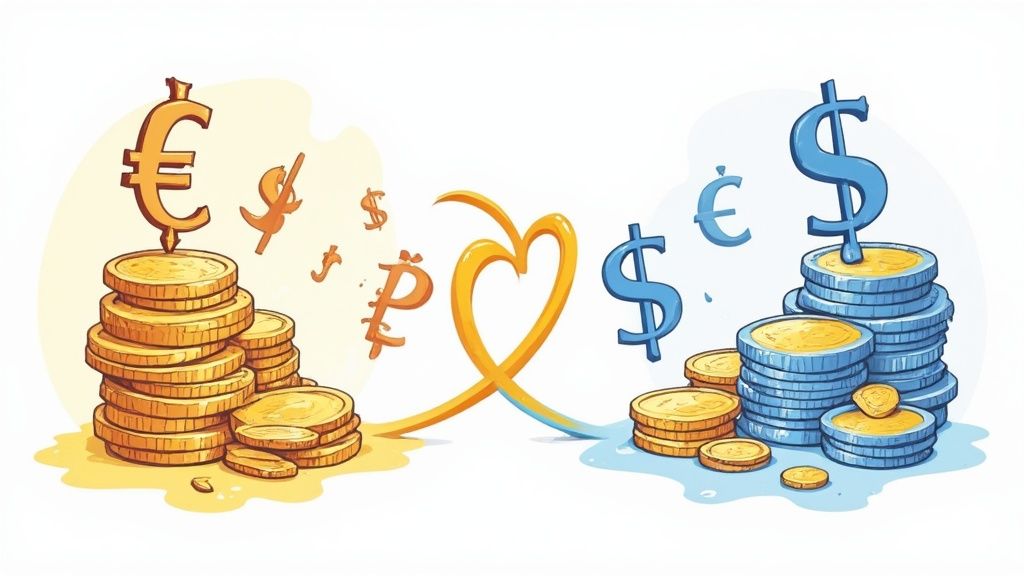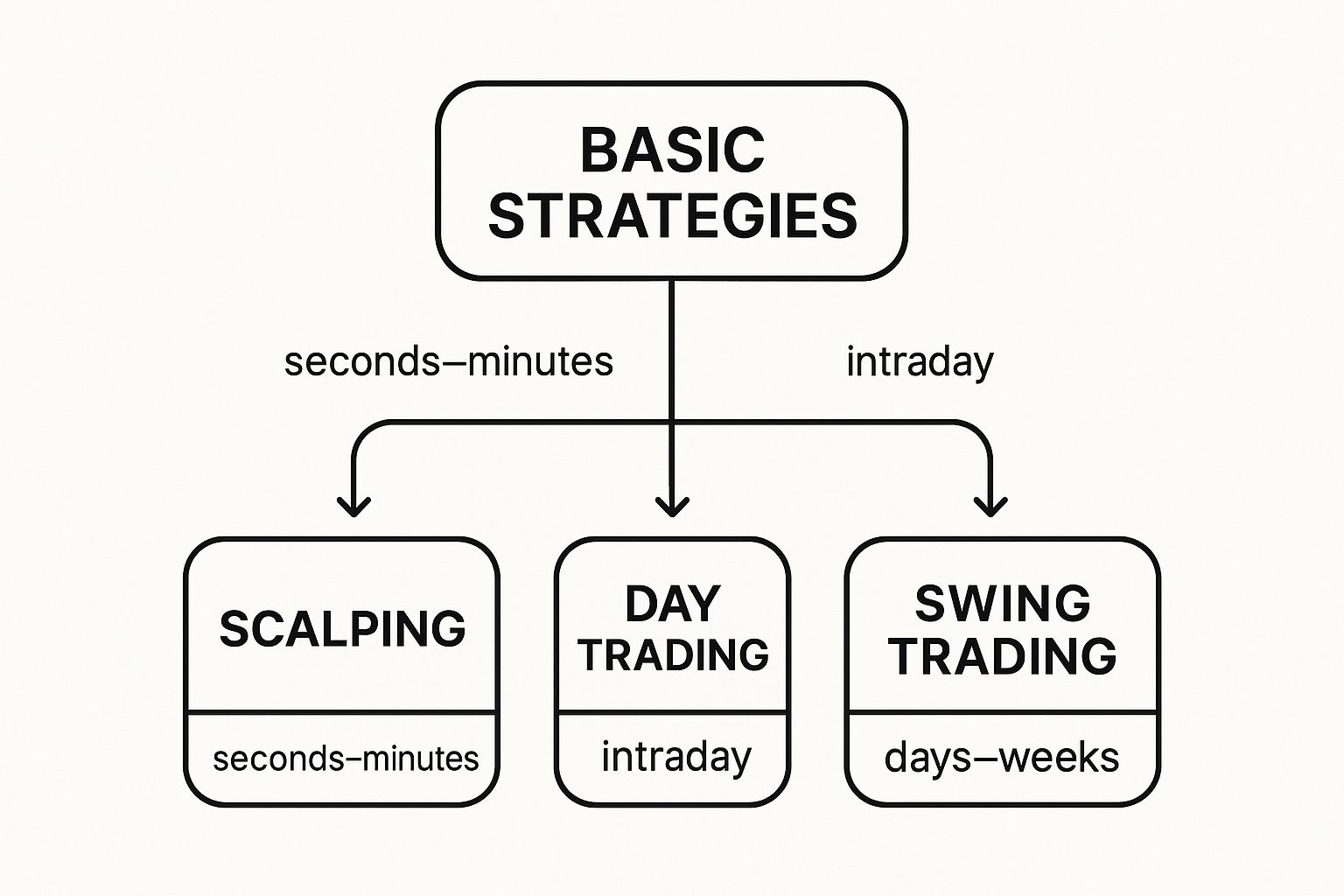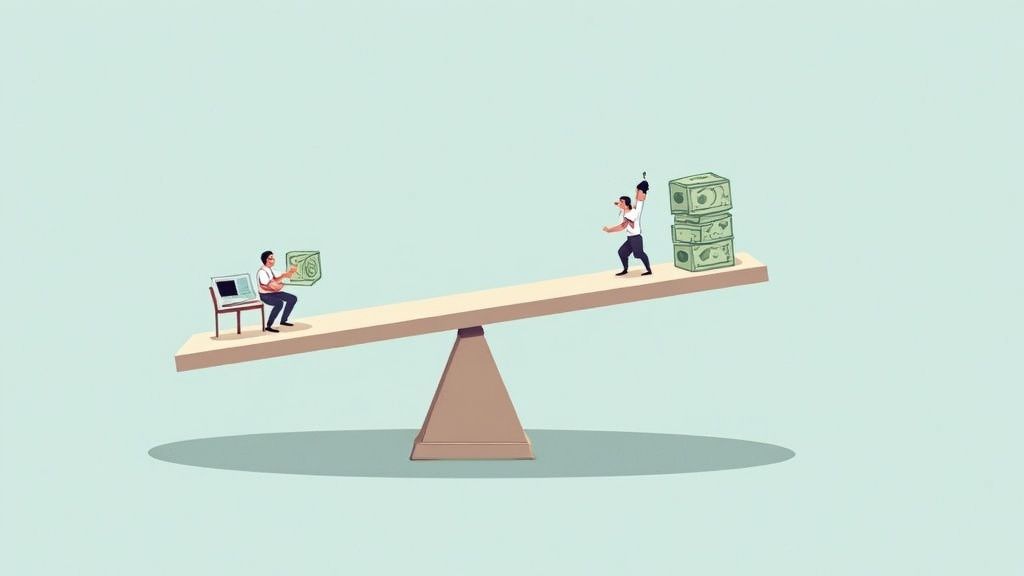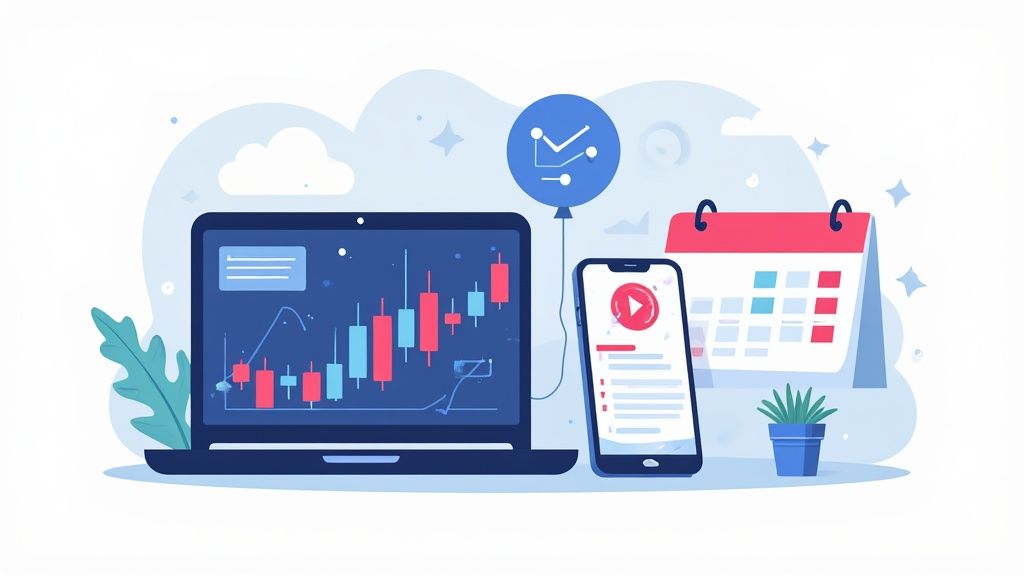Jumping into the world of forex trading can feel like trying to drink from a firehose. With so many platforms, charts, and weird words flying around, it's easy to get overwhelmed before you even place your first trade. But here’s a secret: You don’t need a business degree to get started. What you do need is the right starting point – a platform built for learning, not just for pros who live and breathe charts.
This isn't just another boring list. We're giving you the real scoop on each platform from our own experience. We’ll break down the stuff that actually matters to a newcomer: how easy it is to use, if their demo (aka "play money") account is any good, what the fees really are, and if you can get help when you’re stuck. We'll even show you what they look like.
Think of this as your personal roadmap. Whether you're a student curious about how money moves around the world, a new investor branching out from stocks, or just want to see what all the hype is about, we've got you. Finding the right platform is super important; a good trading platform comparison can help you figure out what works for your goals. Our mission is to help you find a platform that doesn’t just fit your budget but also helps you build real skills and confidence. Let’s find your perfect starting point.
1. FOREX.com: The All-Rounder for U.S. Traders
FOREX.com is a giant in the trading world, and for U.S. traders just starting, it’s often the first and best stop. It's one of the few platforms that is heavily regulated in the United States, which is a fancy way of saying it's safe and trustworthy. This makes it a top choice if you're looking for one of the best forex trading platforms for beginners that puts safety first.
The platform is super flexible. You can start with their simple website or mobile app, which are designed to be easy to figure out. As you get more confident, you can level up to their Advanced Trading Platform or even the legendary MetaTrader 4 (MT4), which are also available.
Why It's Great for Beginners
What makes FOREX.com special is that it has powerful tools but also great resources for learning. You're not just thrown into the deep end. They offer a fantastic demo account loaded with $10,000 in virtual cash, letting you practice trading with zero risk. Their education section is packed with articles, videos, and guides on everything from "what is forex?" to complex strategies.
Here’s a quick breakdown:
- Pricing: The fees (called spreads) are competitive. There are no monthly platform fees, but watch out for an inactivity fee if you don't use your account for over a year.
- User Experience: The design is clean and simple. Finding currency pairs and placing trades is easy, which is exactly what a new trader needs.
- Customer Support: They offer 24/5 support, so help is available whenever the markets are open. This is a huge plus when you’re learning.
A small tip: spend your first week only using the demo account. Pretend the virtual money is real to build good habits from the very beginning.
2. OANDA (U.S.): The Ultimate Starting Point with No Minimum Deposit
OANDA has been a trusted name in forex for a long time, and its U.S. platform is awesome for total beginners who want to start small. Its biggest selling point is the no minimum deposit rule. This means you can start with just a few bucks to test the waters. This makes it one of the best forex trading platforms for beginners who don't want to commit a lot of cash upfront.
OANDA has its own easy-to-use platform (on web and mobile) and also connects with industry favorites like MT4 and TradingView. Being able to trade directly from TradingView’s amazing charts is a major plus. Did you know George Soros, a legendary investor, made a billion dollars in one day betting against the British pound? That's the kind of power the forex market has.
Why It's Great for Beginners
OANDA is all about making trading easy to access. The ability to start with a small amount is a game-changer, letting you feel the psychology of live trading without a big risk. They also show you their live fees (spreads) so you always know what you're paying. Their free demo account and learning materials are perfect for building your skills.
Here’s a quick breakdown:
- Pricing: OANDA’s fees are built into the "spread," which is simple to understand. There are no extra commissions on standard accounts, which is great for new traders.
- User Experience: The OANDA Trade platform is modern and easy to navigate. For chart lovers, connecting directly to TradingView is an amazing feature that makes analyzing and trading super smooth.
- Customer Support: They have reliable customer support to help you with any questions as you get started.
A smart way to start is by using their paper trading feature on TradingView. This lets you practice on a pro-level charting platform before putting any real money on the line.
3. tastyfx (formerly IG US): The Multi-Platform Powerhouse
Don't let the new name fool you; tastyfx is the U.S. forex platform that used to be IG US, backed by the global powerhouse IG Group. The name is fresh, but the tech is the same solid stuff that made it a top choice. For beginners who want options, tastyfx is a winner because it doesn’t lock you into just one platform, making it one of the best forex trading platforms for beginners who value flexibility.
What makes tastyfx different is its incredible variety of platforms. You can start on their easy-to-use proprietary platform, but you also get to connect to TradingView, MetaTrader 4/5 (MT4/MT5), and even the advanced charting tool ProRealTime, which is super rare for U.S. traders. This means you can learn on a simple interface and later explore pro tools without ever needing to switch brokers.
Why It's Great for Beginners
The mix of commission-free trading and access to multiple platforms is a huge win for new traders. You can focus on learning without worrying about commission fees eating into your small profits. With over 80 currency pairs, you have tons of markets to explore. Their educational resources also give you a solid foundation for understanding the markets.
Here’s a quick breakdown:
- Pricing: Trading is commission-free. The costs are built into the spread, which is competitive but can get wider during big news events.
- User Experience: With so many platform choices, you can pick the one that feels most comfortable for you, from a simple web trader to complex analytical software.
- Customer Support: You get 24/5 support, so you can get help during active market hours, which is critical when you're just starting out.
A smart move is to try out the demo versions of each connected platform (like MT4 and TradingView) to see which one fits your personal trading style.
4. Interactive Brokers (IBKR): The Professional's Choice for Aspiring Traders
Interactive Brokers, or IBKR, is like the Formula 1 car of the trading world. It might seem complicated at first, but it offers professional-level tools and pricing that serious beginners can grow into. If you plan to trade a lot and want access to the real market with super-low costs, IBKR is one of the best forex trading platforms for beginners with a long-term vision.
Unlike platforms that hide costs in the spread, IBKR gives you direct access to prices from huge banks. This means you trade on the raw, tight spreads and pay a small, clear commission. This is way cheaper as you start to trade more. Fun fact: Ray Dalio, founder of the world's largest hedge fund, Bridgewater Associates, uses platforms with this kind of direct market access.
Why It's Great for Beginners
IBKR is for the beginner who is serious about learning how the pros trade from day one. Their main platform, Trader Workstation (TWS), is powerful, with advanced charting and analytical tools. More importantly, their paper trading account lets you learn this complex system without risking a single dollar.
Here’s a quick breakdown:
- Pricing: IBKR uses a commission-based model. For forex, commissions are extremely low, with a tiny minimum of $1-$2 per order. There are no account minimums or platform fees.
- User Experience: Get ready for a learning curve. The platform is built for professionals, so it's not as simple as others on this list. However, mastering it gives you a huge advantage.
- Customer Support: Support is solid, reflecting its professional user base. You also get access to a massive library of educational materials.
A pro tip: Start with their simplified "FXTrader" tool inside the TWS platform. It gives you a much simpler way to place forex trades while you get used to everything.
Visit Interactive Brokers (IBKR)
5. Charles Schwab (thinkorswim forex): Best for an Integrated Investment Experience
For those who see forex trading as part of a bigger investment plan, Charles Schwab’s forex integration into their legendary thinkorswim platform is a game-changer. This isn't just a forex platform; it's a gateway to the entire world of trading (stocks, options, etc.) under one of the most trusted names in the U.S. This makes it one of the best forex trading platforms for beginners who want to manage all their investments in one place.
The thinkorswim platform is famous for its powerful charting tools, which might seem like a lot at first. However, Schwab has an amazing educational ecosystem to guide you. You get the same powerful platform that pro traders use, but with the support and learning resources of a top-tier company.
Why It's Great for Beginners
Schwab shines by offering a professional-grade environment wrapped in a supportive educational package. The thinkorswim paper trading (demo) account is incredibly detailed, letting you practice with realistic market conditions. You can test strategies on over 65 currency pairs without risking a dime. Plus, having one login for all your Schwab accounts makes life easier.
Here’s a quick breakdown:
- Pricing: Trading is commission-free, with costs built into the spread. While it might not be the absolute cheapest for super active traders, the pricing is clear and competitive for beginners.
- User Experience: The thinkorswim platform is packed with features but has a learning curve. However, being able to customize it and the wealth of tutorials make it worth the effort.
- Customer Support: Access to 24/5 forex specialist support is a huge advantage, providing expert help when you need it most.
A good tip is to check out Schwab’s educational webcasts and platform tutorials. They will dramatically shorten your learning curve on thinkorswim.
6. Trading.com (U.S.): The MT5 Specialist for American Newcomers
Trading.com is a newer name in the U.S. forex scene, but it's making a splash by focusing on beginners who want to use the powerful MetaTrader 5 (MT5) platform. It's regulated in the U.S., which means it's a safe and compliant trading environment, making it a trustworthy choice among the best forex trading platforms for beginners.
While many brokers offer the older MT4, Trading.com focuses on giving U.S. traders access to its successor, MT5, which has more advanced charting tools and indicators. They also have their own user-friendly web platform and mobile app, giving you options as you figure out your trading style.
Why It's Great for Beginners
What makes Trading.com cool for newcomers is its focus on hands-on learning. They frequently host paper-trading contests and webinars, creating a fun, competitive way to practice without risking real money. These events can be a great motivator to learn the ins and outs of MT5.
Here’s a quick breakdown:
- Pricing: The platform has a zero-commission model with competitive spreads. They are very transparent, so you know exactly what your trading costs are.
- User Experience: Their own platform is clean and simple, but the main attraction is the smooth MT5 integration. Getting set up is easy for a beginner.
- Customer Support: As a U.S.-focused broker, they understand what local traders need and offer support during market hours to help with any questions.
A pro tip: Jump into one of their trading contests as soon as you open a demo account. It adds a bit of excitement and purpose to your practice sessions.
7. TradingView: The Ultimate Charting and Analysis Hub
TradingView isn't a broker where you deposit money. Instead, it’s a super powerful charting and social platform that has become an essential tool for traders everywhere. For beginners, it’s like a training gym and command center all in one. It lets you master reading charts and testing strategies without risking a single dollar, making it one of the best forex trading platforms for beginners to learn the ropes.
Its main strength is its amazing charts, which are both powerful and surprisingly easy to use. The platform also has a huge community where traders share ideas and analysis, creating an awesome learning environment. Once you're ready, you can connect it to a broker like OANDA or FOREX.com and trade directly from its charts. Even celebrities like Snoop Dogg have been spotted using TradingView charts for their crypto investments!
Why It's Great for Beginners
TradingView makes professional-level analysis accessible to everyone. Its paper trading feature is seamless, allowing you to practice placing trades on live charts. Learning here is very visual; if you want to understand how to read forex charts, this is the place to do it. The community also shares thousands of custom tools (called indicators) you can experiment with for free.
Here’s a quick breakdown:
- Pricing: The basic plan is free and is more than enough for new traders. Paid plans unlock more advanced features, but you won't need them right away.
- User Experience: The design is clean, modern, and you can customize it however you like. Everything from drawing lines to setting alerts is simple.
- Customer Support: Support is mostly through a help center and community forums, with direct support for paying customers.
A quick tip: use the "Replay" feature on old charts. It lets you practice your strategy on past price movements as if they were happening live.
8. MetaTrader 5 (MetaQuotes): The Powerhouse for Future Pros
MetaTrader 5, or MT5, is a legendary name in trading, but it’s a bit different from the others. It's not a broker itself; it's a powerful software you download and then connect to a separate, regulated broker. Many top brokers offer MT5, making it one of the most versatile and best forex trading platforms for beginners who plan to get serious about trading.
Think of MT5 as a professional toolkit you can use for free. While its older brother, MT4, is famous for forex, MT5 also works with stocks and other assets. It's known for its incredible charting tools, technical indicators, and the ability to use automated trading robots called "Expert Advisors" (EAs).
Why It's Great for Beginners
MT5 is perfect for beginners who want a platform that can grow with them. You can start by connecting it to a broker's demo account and learn the ropes. As you get better, you can explore its massive world of custom indicators and automated strategies, many of which are available for free from its huge community.
Here’s a quick breakdown:
- Pricing: The MT5 platform is completely free to download and use. Your trading costs, like spreads and commissions, will depend on the broker you connect it to.
- User Experience: The design can feel a bit old and complicated at first compared to newer web platforms. But once you get the hang of it, its power is unmatched.
- Customer Support: Support comes from the broker you choose, not from MetaQuotes (the company that made MT5). So, picking a broker with great support is super important.
A great tip is to download MT5 and immediately connect it to a demo account from a regulated U.S. broker. Spend time customizing charts and testing out different tools to get comfortable before you even think about using real money.
9. ForexBrokers.com (2025 Reviews)
Think of ForexBrokers.com not as a trading platform, but as your expert guide to finding one. For beginners, the number of brokers is just insane. This comparison site cuts through the noise with detailed, unbiased reviews, making it an essential first stop in finding the best forex trading platforms for beginners, especially in the U.S.
It specializes in creating U.S.-specific lists that only show brokers that are legally allowed to operate there, so you don’t waste time signing up for a platform you can't use. Their 'Best for Beginners' guide is a goldmine, scoring brokers on key things like how easy the platform is to use and the quality of their learning materials.
Why It's Great for Beginners
ForexBrokers.com is like having a research team do all the hard work for you. Instead of just listing features, they give you transparent scores and detailed analysis based on tons of data. This lets you compare platforms side-by-side with confidence, knowing the information is trustworthy and up-to-date.
Here’s a quick breakdown:
- Pricing: The site is completely free to use. All their research, reviews, and comparison tools are available without any cost.
- User Experience: The website is cleanly organized with powerful filters. You can easily find brokers based on regulation, fees, or beginner-friendliness.
- Customer Support: They don't offer broker support, but their content answers most questions a beginner would have about choosing a platform.
A practical tip: Use their comparison tool to pick two or three top-rated brokers, then open demo accounts with each to see which platform feels right for you.
10. Investopedia: The Essential Pre-Trading Homework
Before you even think about depositing real money, your first stop should be Investopedia. While it’s not a trading platform, it's arguably the most important resource on this list. Think of it as the ultimate encyclopedia for finance, breaking down complex topics into easy-to-understand articles. It’s the perfect place to build a solid foundation before you start trading.
Investopedia gives you unbiased, deep guides on how to choose a forex broker, understand regulations, and grasp key concepts like spreads and leverage. Its neutral explanations are a breath of fresh air compared to the hype you’ll find elsewhere, making it one of the best educational resources to use before choosing a forex trading platform for beginners.
Why It's Great for Beginners
Investopedia shines by giving you the "why" behind trading rules and strategies. Instead of just showing you a chart, it explains the ideas behind it, helping you make smarter decisions from day one. Their checklists for picking a broker are super useful for U.S. traders who have specific regulations to follow.
Here’s a quick breakdown:
- Pricing: Completely free to access. There are no subscriptions or fees for their educational content.
- User Experience: The website is well-organized and easy to navigate. The search function is powerful, helping you find answers to specific questions fast.
- Educational Quality: Content is written by financial experts and fact-checked for accuracy. It's a trusted source used by students and pros alike.
A simple tip: read their complete guide on forex trading for beginners before you even open a demo account. It will save you from common mistakes and speed up your learning big time.
11. NerdWallet (Forex basics for beginners)
While not a trading platform, NerdWallet is an essential starting point for anyone feeling overwhelmed by forex. Think of it as your friendly financial coach. It excels at breaking down complicated topics into simple, easy-to-read articles, making it one of the best educational resources to check out before choosing a forex trading platform for beginners.
Instead of charts and live prices, NerdWallet gives you the basic knowledge you need. Their guides explain concepts like leverage, margin, and lot sizes in plain English, making sure you understand the risks. They also publish helpful broker comparisons that focus on beginner-friendly features like account minimums and ease of use.
Why It's Great for Beginners
NerdWallet’s strength is its simplicity and trustworthiness. It cuts through the jargon and focuses on what you really need to know to get started safely. The content is written to help you make informed decisions, not to push you toward a specific broker.
Here’s a quick breakdown:
- Pricing: Access to all of NerdWallet's educational content and comparison tools is completely free.
- User Experience: The website is clean, easy to navigate, and focused on learning. You won't be distracted by flashing market prices or complex charts.
- Unique Features: The broker comparisons are particularly useful, as they often highlight U.S.-approved options and simplify the process of comparing accounts.
A useful tip: Before you even open a demo account, read their main guides on how forex trading works. This will give you the confidence to understand what you're doing when you start practicing.
12. Benzinga (U.S. forex broker comparisons)
Instead of being a trading platform, Benzinga is a powerful financial news and review site that acts as a great starting point for U.S. traders. Think of it as a trusted guide that helps you explore the crowded market of brokers. Their lists of the "Best U.S. Forex Brokers" are perfect for beginners who want a quick, side-by-side comparison of regulated options.
This resource helps you find one of the best forex trading platforms for beginners by laying out the key facts clearly. You can quickly scan pros, cons, minimum deposit requirements, and supported platforms for major U.S. brokers, making it easy to create a shortlist of candidates that fit your needs.
Why It's Great for Beginners
Benzinga excels at simplifying the research process, which can be a headache when you're just starting out. Instead of visiting a dozen different broker websites, you get a consolidated, easy-to-read summary that saves you a massive amount of time and confusion. Their articles often link directly to the broker sites so you can dive deeper once you've picked a few.
Here’s a quick breakdown:
- Pricing: Benzinga is a free resource. Just be aware that their lists contain affiliate links, meaning they might get a commission if you sign up with a broker through their site.
- User Experience: The website is designed for quick scanning. The layout is clean, with comparison tables and bullet points that make information easy to digest.
- Customer Support: As a review site, they don't offer trading support. That would come from the actual broker you choose.
A useful tip: Use Benzinga to create your initial list of 2-3 potential brokers. Then, visit each broker's official website to check the details and test their demo accounts before making a final decision.
Top 12 Forex Platforms & Resources for Beginners – Comparison
| Provider | ✨ Core features | ★ Quality | 💰 Pricing/value | 👥 Target | 🏆 Standout |
|---|---|---|---|---|---|
| FOREX.com (U.S.) | ✨ Spread-only or RAW+commission; web/mobile, MT4/5, TradingView; 80+ pairs | ★★★★☆ | 💰 $100 min; transparent pricing; RAW adds ~$7/100k/side | 👥 Beginners wanting fast onboarding & chart-driven trading | 🏆 Robust education + TradingView connectivity |
| OANDA (U.S.) | ✨ No min deposit; spread-only with published live spreads; TradingView & MT4 | ★★★★☆ | 💰 No minimum; transparent spreads; rebates for active traders | 👥 New traders testing small sizes | 🏆 Very low barrier + clear pricing |
| tastyfx (formerly IG US) | ✨ Commission-free spot FX; 80+ pairs; TradingView, MT4/5, ProRealTime | ★★★★☆ | 💰 Commission-free; competitive spreads (can widen in volatility) | 👥 Beginners seeking commission-free multi-platform access | 🏆 Multi-platform with ProRealTime (rare in U.S.) |
| Interactive Brokers (IBKR) | ✨ 100+ pairs; streaming interbank quotes; low tiered commissions; paper trading | ★★★★★ | 💰 No min; very low all-in costs for higher volume (bps-based) | 👥 Traders planning to scale into professional tools | 🏆 Lowest-cost execution & deep liquidity |
| Charles Schwab (thinkorswim forex) | ✨ thinkorswim desktop/web/mobile; paper trading; 65+ pairs; integrated Schwab access | ★★★★☆ | 💰 Commission-free (spread-only) | 👥 Learners wanting single account for multi-asset trading | 🏆 Strong education ecosystem + thinkorswim access |
| Trading.com (U.S.) | ✨ MT5 support + proprietary app; zero-commission model; contests & webinars | ★★★★ | 💰 Zero-commission; beginner promos (T&Cs apply) | 👥 Beginners wanting MT5 on a U.S.-regulated broker | 🏆 MT5 access with U.S. regulation |
| TradingView | ✨ Best-in-class charts; paper trading; broker integrations; huge script library | ★★★★★ | 💰 Free tier; paid plans for advanced features | 👥 Chart learners & demo traders across experience levels | 🏆 Superior charts + active community scripts |
| MetaTrader 5 (MetaQuotes) | ✨ Advanced charting, EAs, strategy tester; desktop/web/mobile; broker-agnostic | ★★★★★ | 💰 Free download; costs depend on broker | 👥 Traders progressing to algo/EA trading | 🏆 Widely supported for automated strategies |
| ForexBrokers.com (2025 Reviews) | ✨ U.S.-centric broker lists, methodology, comparison tables | ★★★★ | 💰 Research-only (free); helps shortlist brokers | 👥 Beginners shortlisting regulated U.S. brokers | 🏆 Data-driven, frequently updated comparisons |
| Investopedia (Forex broker education) | ✨ Step-by-step broker selection guides; tax & regulation primers | ★★★★★ | 💰 Free educational content | 👥 Absolute beginners seeking neutral education | 🏆 Trusted, evergreen educational primer |
| NerdWallet (Forex basics) | ✨ Plain-English guides, calculators, usability-focused comparisons | ★★★★ | 💰 Free resources; practical tools | 👥 First-time learners needing simple explanations | 🏆 Very approachable guides & calculators |
| Benzinga (U.S. forex broker comparisons) | ✨ Quick broker roundups, pros/cons, minimums, links | ★★★ | 💰 Free lists (may include affiliate links) | 👥 Beginners wanting fast shortlists | 🏆 Fast, skimmable broker roundups |
Your Next Move: From Learning to Doing
Okay, we've just covered a ton of tools, from serious trading platforms like FOREX.com to essential learning hubs like Investopedia. It can feel like you've been handed the keys to a dozen different sports cars – they all look cool, but which one is right for you, right now? The goal isn't to master all of them at once. It’s about picking the one that fits your starting line.
Finding the best forex trading platforms for beginners is a personal journey. There is no single "best" platform, only the one that is best for your specific needs, learning style, and goals. The biggest mistake you can make is jumping into the first flashy app you see without a plan.
Think of it like this: a professional chef might use a complex, fancy oven, but someone learning to cook just needs a reliable microwave to start. Your job is to find your "microwave" – the tool that makes the first steps simple, not stressful.
Key Takeaways: Your Cheat Sheet to Getting Started
Let's boil it all down. If you remember nothing else from this guide, remember these three things:
- Demo Accounts Are Your Best Friend: Every platform we talked about, like OANDA and Trading.com, offers a demo account. This is your free-to-play tutorial level. Use it like crazy until you feel confident placing trades and managing your fake money.
- Regulation is Your Safety Net: Never, ever trade on an unregulated platform. In the U.S., look for regulation by the CFTC and NFA. This is your protection. Platforms like FOREX.com and Charles Schwab are heavily regulated for a reason.
- Learn Before You Earn: Don't put real money into an account until you've spent time on educational sites like NerdWallet or Benzinga. As the legendary investor Warren Buffett said, "Risk comes from not knowing what you're doing." Understanding what you are trading is way more important than where you are trading it.
How to Choose Your Perfect Platform
So, what's your next step? It’s time to match your personality to a platform.
Are you a "just the basics" learner?
If you want a simple, no-fuss experience, start with a platform known for being user-friendly. OANDA or Trading.com are excellent choices. Their platforms are designed to get you trading with minimal confusion.
Are you a "chart geek" in the making?
If you love charts, patterns, and digging into analysis, then TradingView is your playground. You can start with their free version to chart anything and everything, and connect it to a broker like tastyfx later.
Are you a "long-term investor" exploring forex?
If you already trade stocks and want to add forex, using a broker you already know makes sense. Charles Schwab or Interactive Brokers offer powerful, all-in-one solutions, though they have a steeper learning curve.
The first step isn't about making money; it's about building knowledge and confidence. Pick one platform from this list, open a demo account today, and spend a few weeks just exploring. Click every button, test every feature, and make your first "pretend" trade. This hands-on experience is where the real learning begins. The journey from beginner to trader is a marathon, not a sprint, and you've just taken the most important step: starting.
Ready to take your financial literacy to the next level with easy-to-understand visuals and guides? Visit financeillustrated.com for beautifully designed infographics that break down complex topics like forex, stocks, and crypto into simple, digestible content. See the concepts you're learning in action at financeillustrated.com and accelerate your journey to financial mastery.

